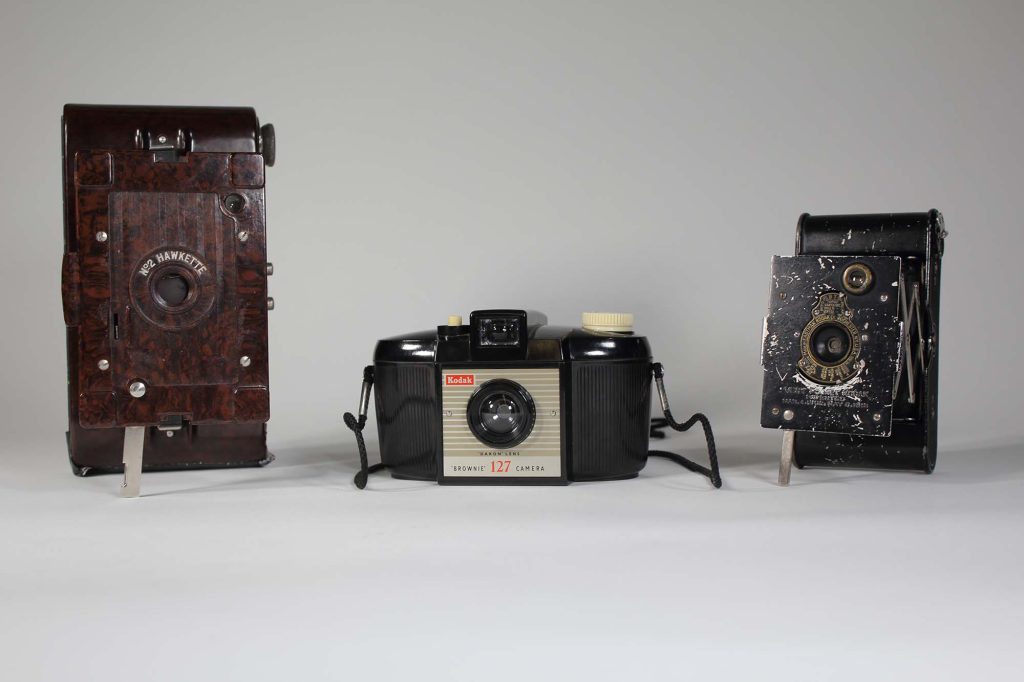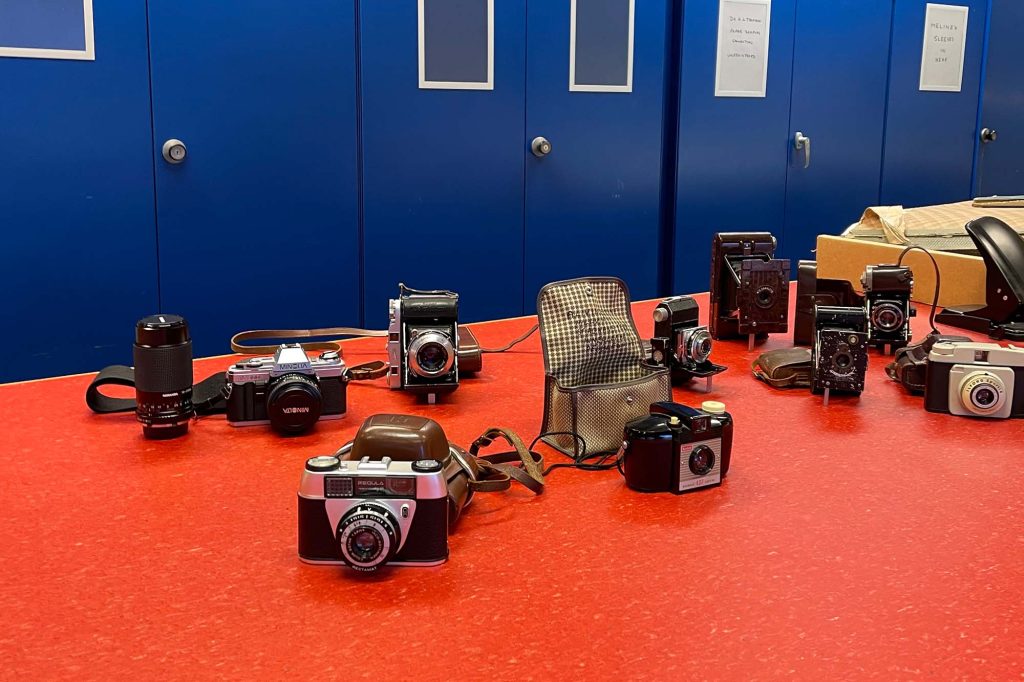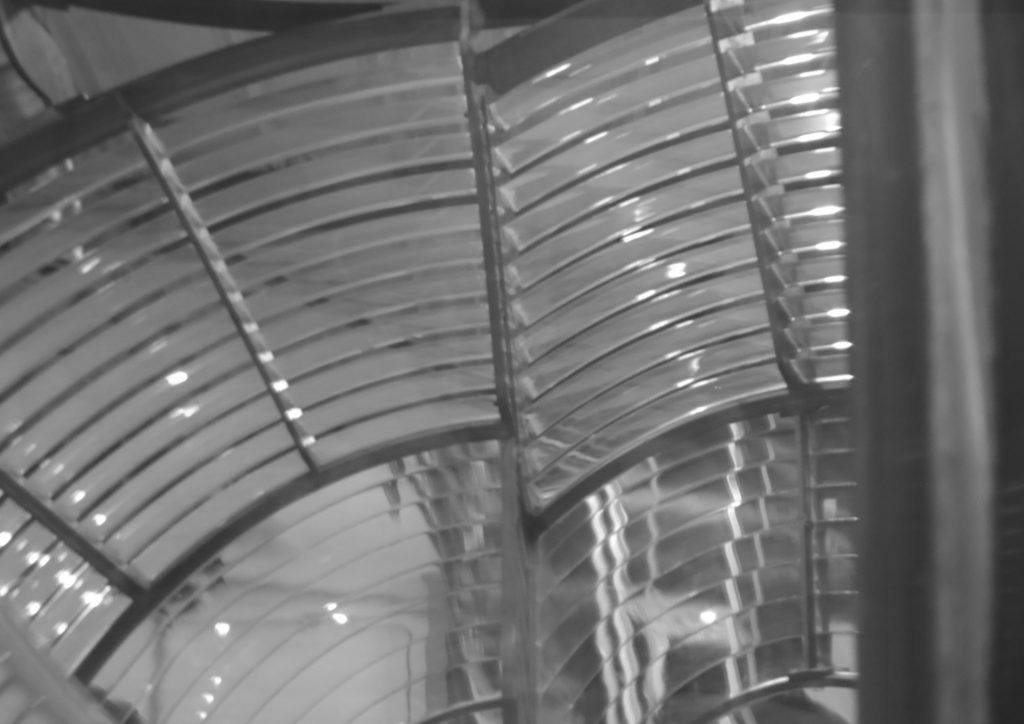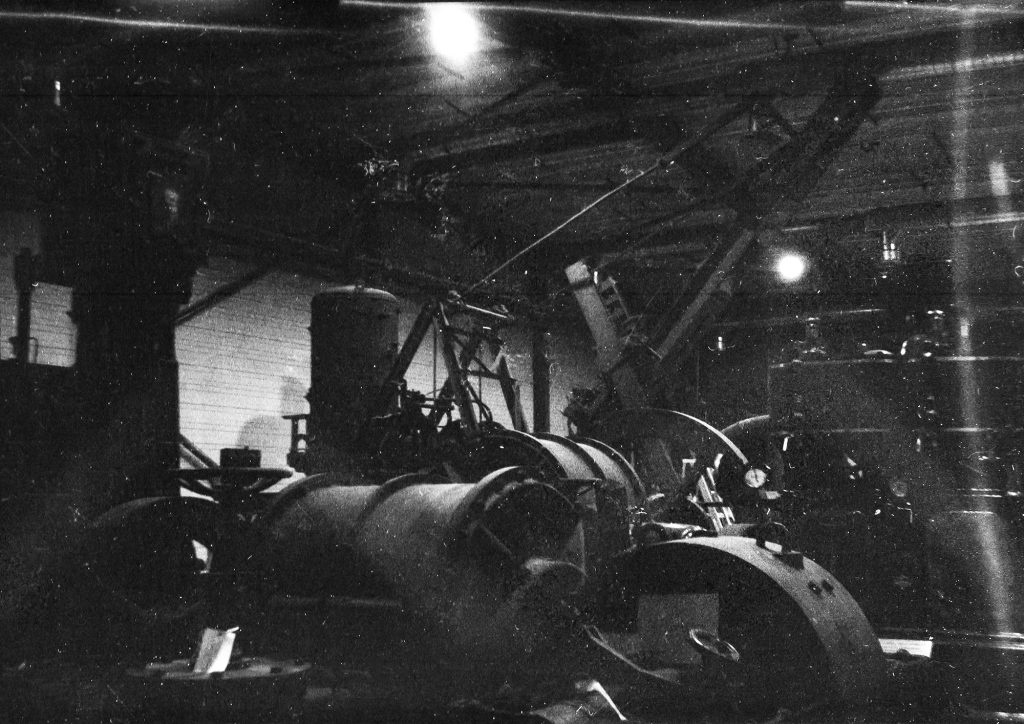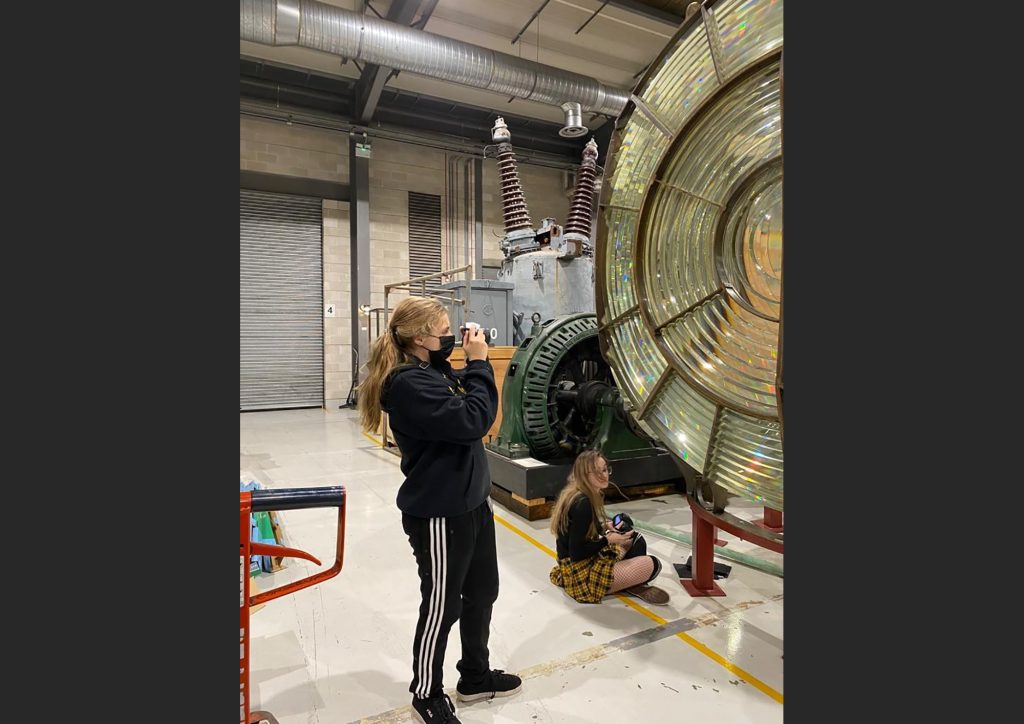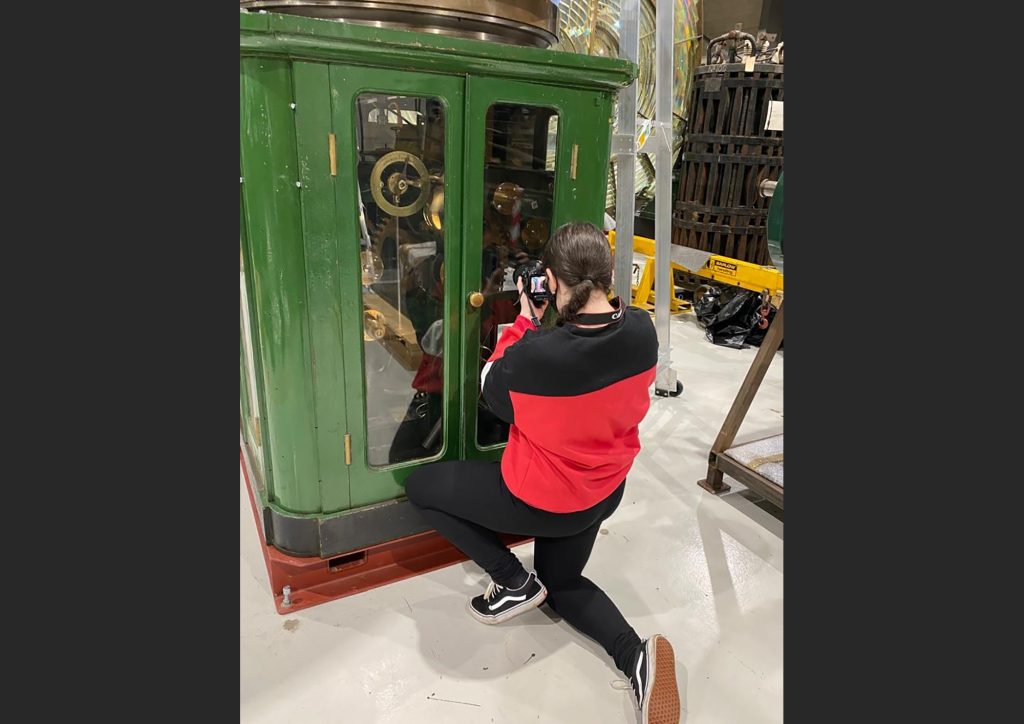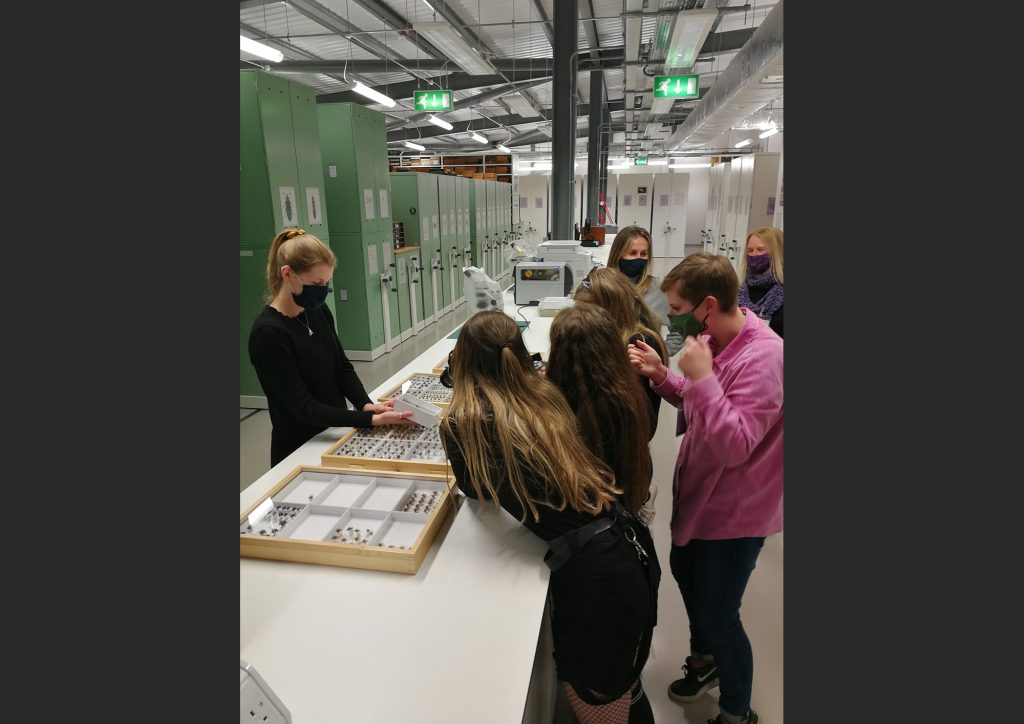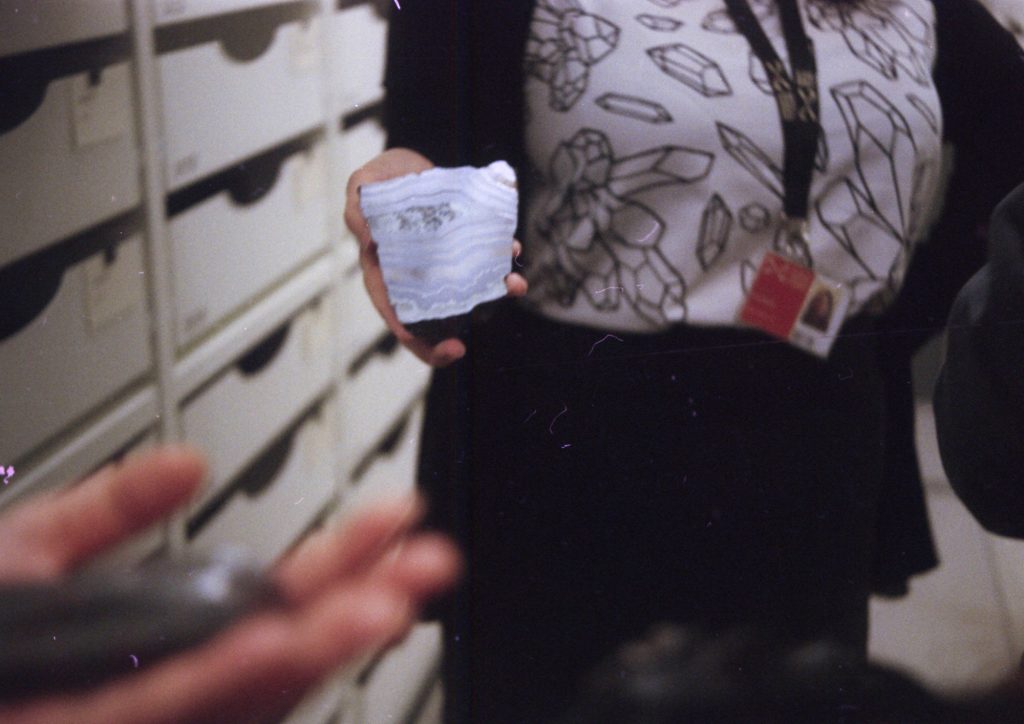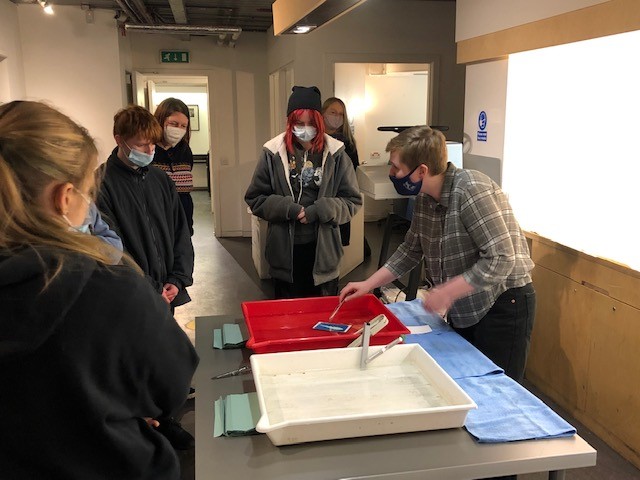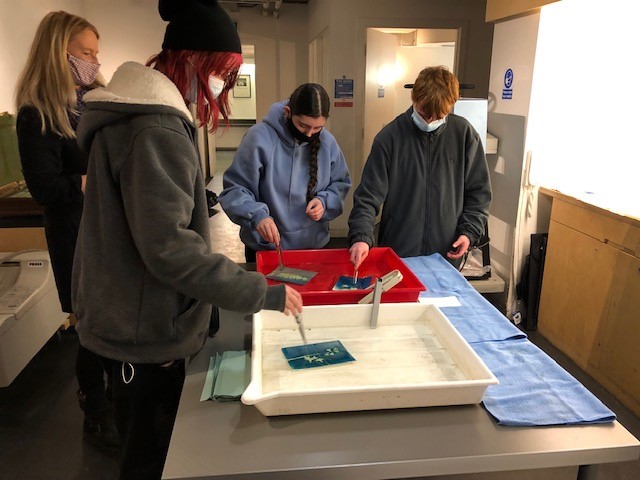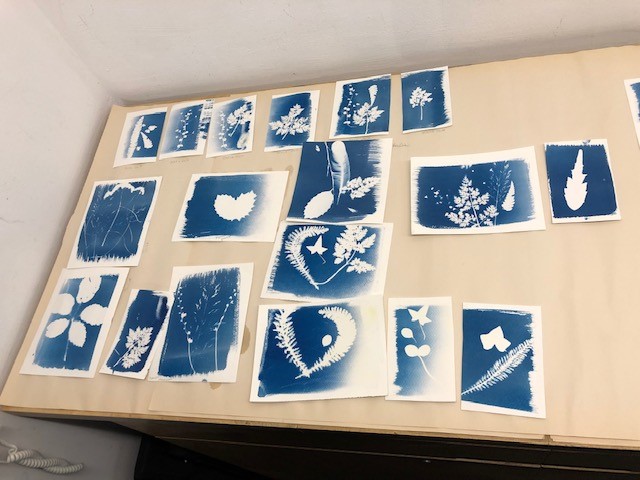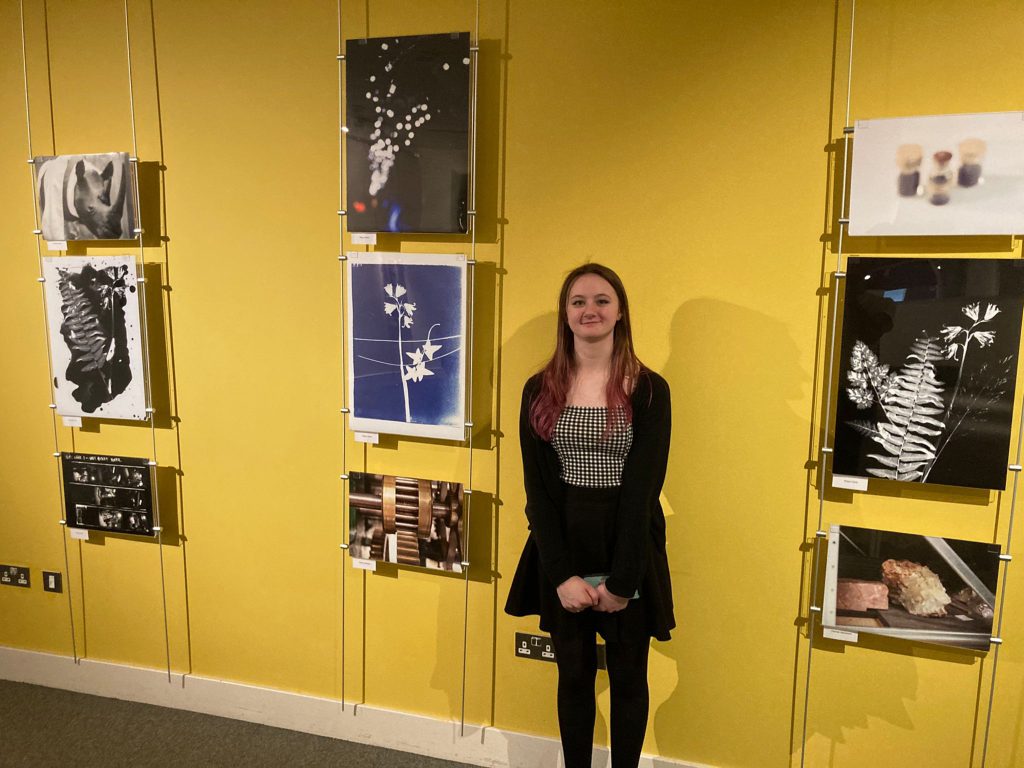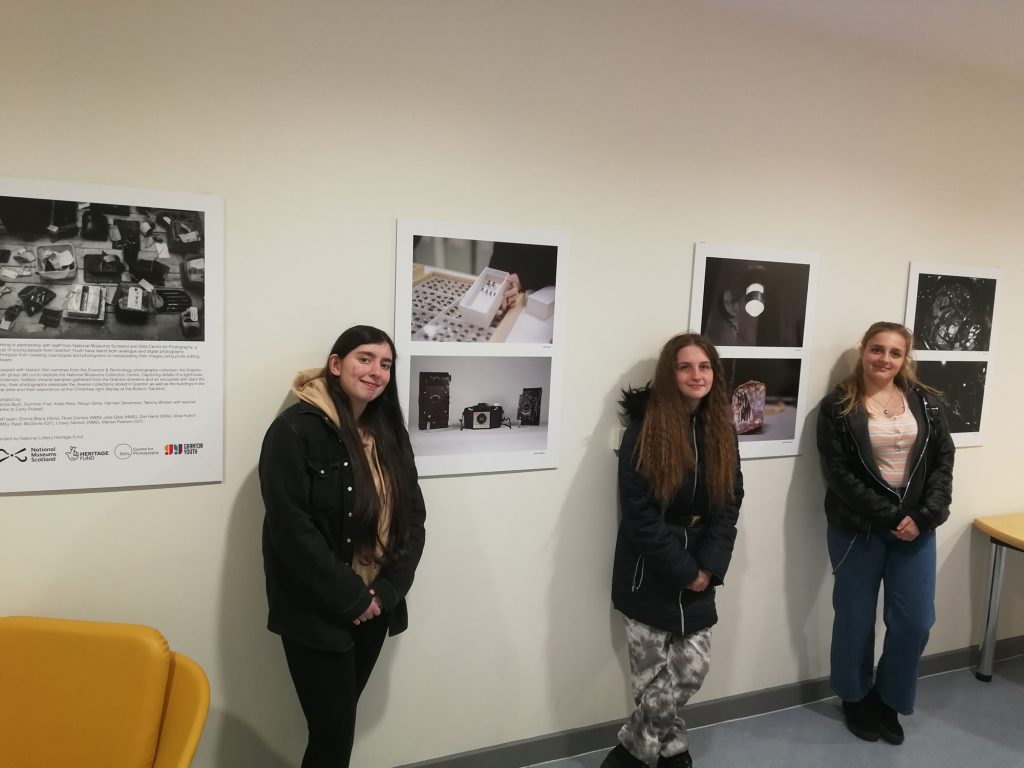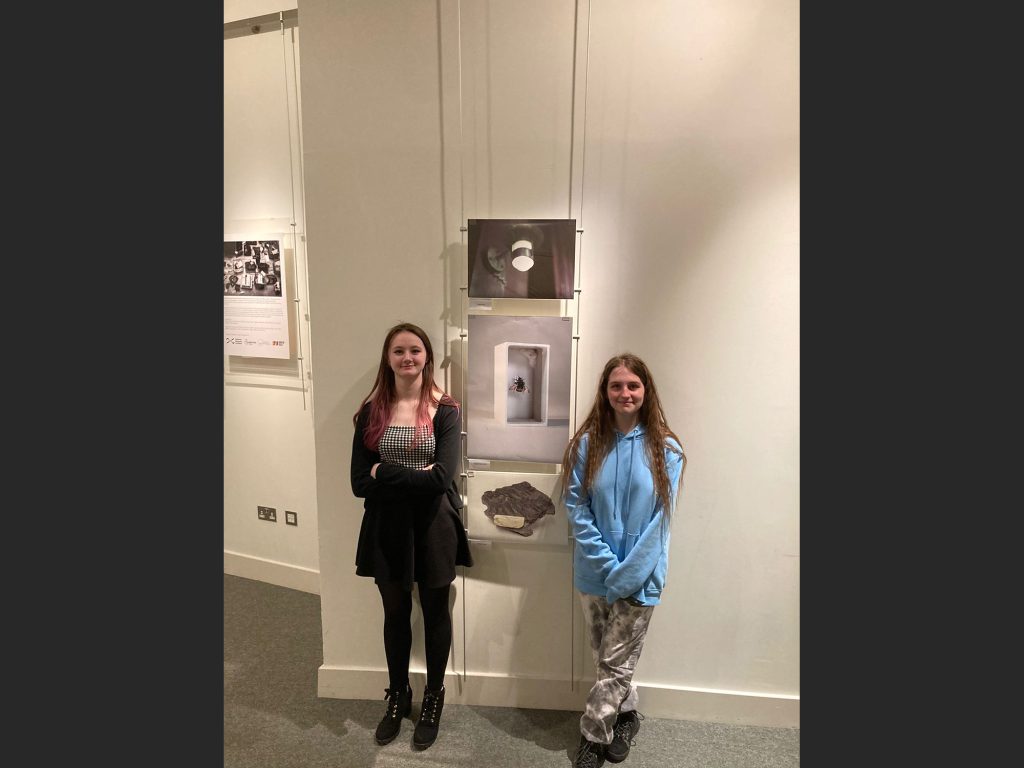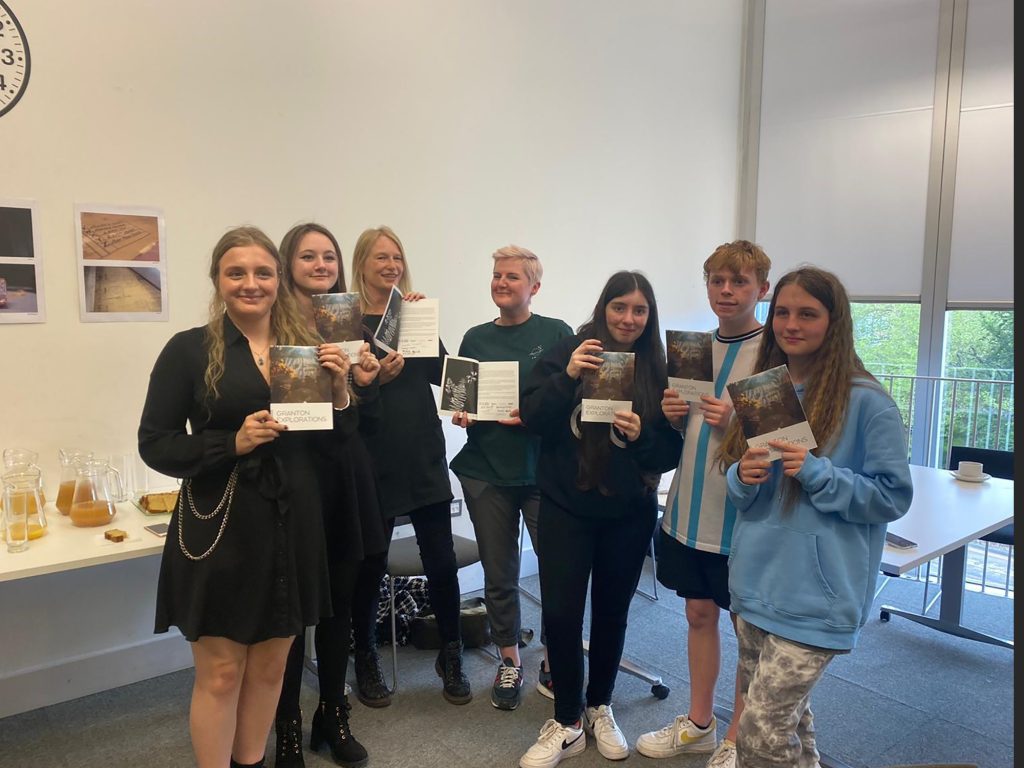In the 20th century, camera technology was very different to the digital cameras we use today. As part of the Scotland 365 Youth Project, Julie Gibb explains how a group of young people used this older photographic technology to capture objects in the collection with a connection to their local area of Granton.
In 2018, as part of a collections review project, I created a handling collection of early to mid-20th century cameras. This collection is used to explore developments in photographic technology and to act as a prompt for discussion on the use of photography to record and share our life stories.
Made in the early 20th century, the Vest Pocket Kodak, or ‘the soldier’s camera’, allowed soldiers to capture their personal experience of the First World War. The Kodak Brownie 127 from the 1950s is one of a long line of simple ‘point and shoot’ cameras produced by the Eastman Kodak Corporation, making photography more accessible to a wider audience.
My personal favourite is the No. 2 Hawkette produced by Kodak in the 1930s. Made of Bakelite and moulded to look like tortoiseshell, this camera was never on general sale but was given away in promotional schemes for magazines, cigarettes, and breakfast cereal.
When I demonstrated the photographic handling collection in the galleries, the cameras proved to be popular with everyone! Older age groups reminisced about using the cameras and the excited anticipation of waiting for your holiday photos to be developed at the chemists (and the disappointment when your carefully composed photos did not turn out as expected!). Younger people, however, were fascinated by how these strange devices could even create a photograph in the first place!
One question I was often asked was whether the cameras would still work. This question stuck with me.
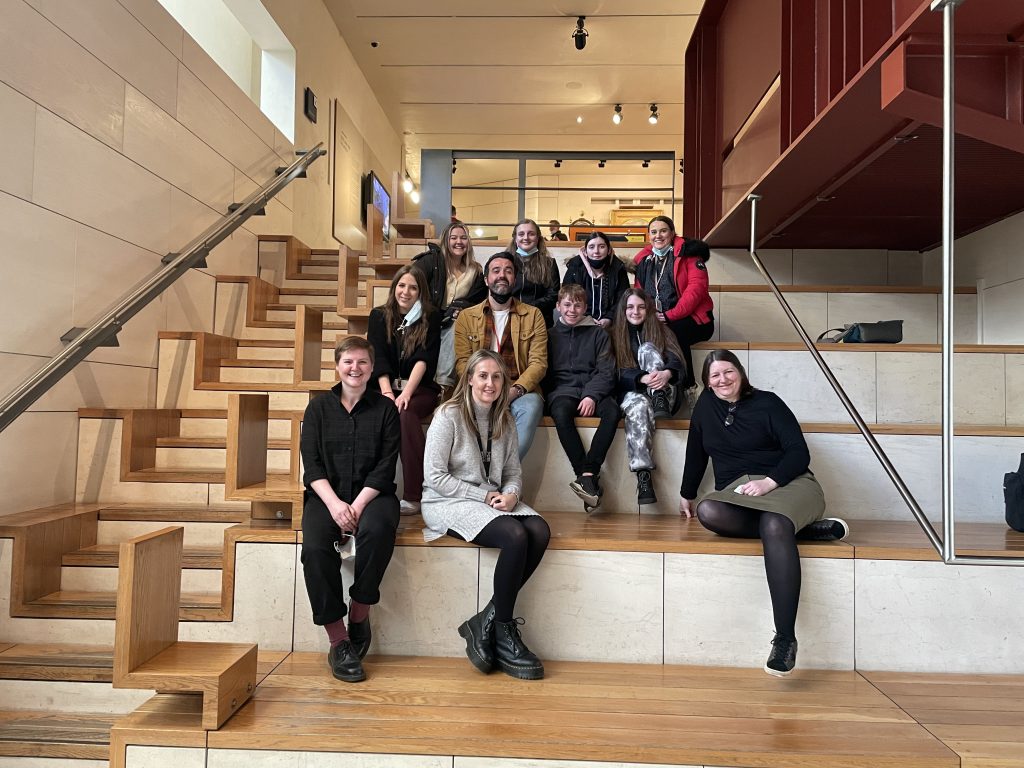
When I was asked to think of ideas for a Scotland 365 photography project, using the photographic handling collection seemed perfect. It offered us the opportunity to get the cameras serviced and back in use.
The project was based at the National Museums Collection Centre (NMCC) in Granton, Edinburgh. The aim was to introduce a group of local young people to the collections, with a particular focus on objects connected to the area the group came from. They would then use the cameras to take images of the collections and to record the industrial and natural history of the area.
People are more familiar with the immediacy and simplicity of digital photography, so I was looking forward to seeing how the young people would get on using film cameras, the majority of which are over 50 years old. A challenging aspect of using these cameras is that every model works differently. Several are simple point and shoot models while others required a more in depth understanding of aperture and ISO settings.
Some members of the group found a favourite camera that they worked with every week, while others changed and experimented with different models. We had a couple of digital cameras for those that wanted to stick with the 21st Century technology they were more familiar with.
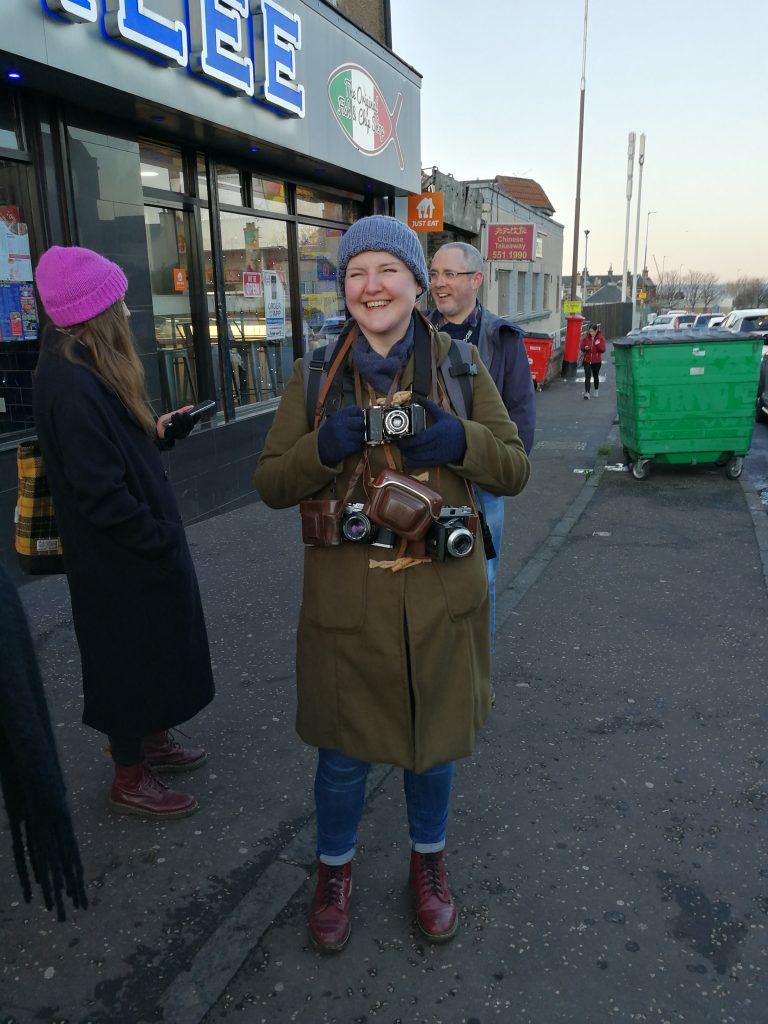
We were extremely fortunate to partner with Stills Centre for Photography on this project. Working with photographer Zoe Hammill and the Creative Learning Manager Emma Black, the group learnt how to operate the cameras and received advice on photo composition. Zoe also processed the films and loaded the cameras with fresh film ready for use.
Our first session was spent photographing the Science and Technology collections in the large object store at the NMCC.
My curatorial colleagues in Natural Sciences also provided some fascinating objects for the group to photograph, including mineral samples and fossils collected from the Granton shoreline. Exploring the collections with Emily Brown and Ashleigh Whiffin was one of the highlights of the project for the group. They were fascinated to see how Ashleigh photographs the specimens using a photo stacking method (where 10 digital photographs are merged to create a clear image of the whole insect). This prompted some members of the group to change how they perceived insects that are more commonly seen as pests!
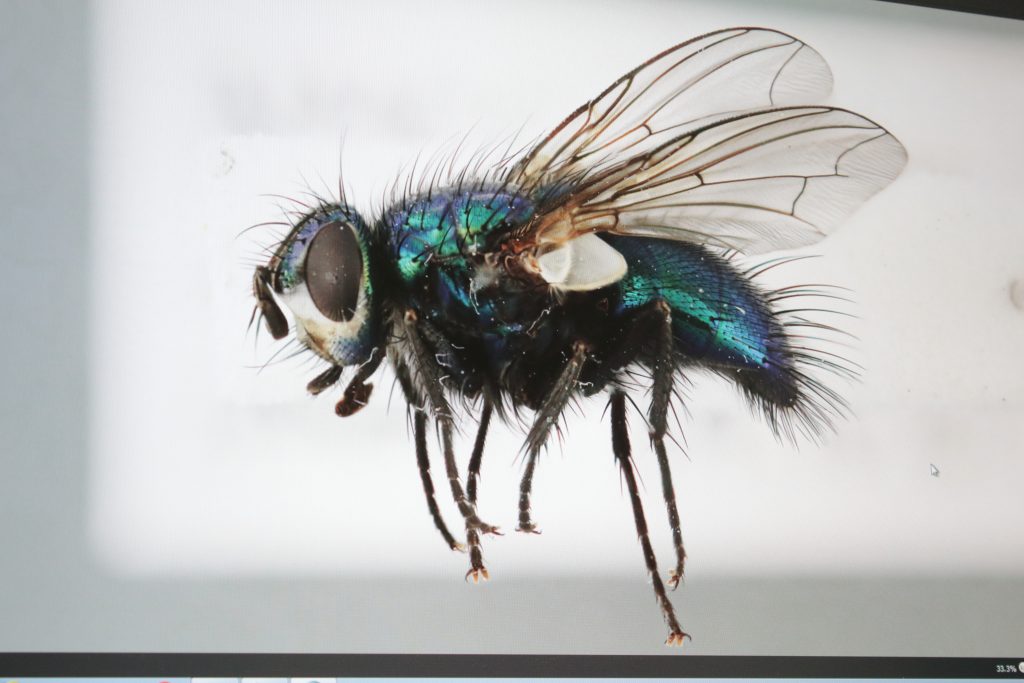
Then we met Ailsa Hutton, Curator, Modern and Rural History in the Scottish History and Archaeology department. Ailsa gave us access to the modern Scottish History collections and led a discussion with the group on contemporary collecting (with a papier Mache model of Donald Trump looming over us from the racking above!).
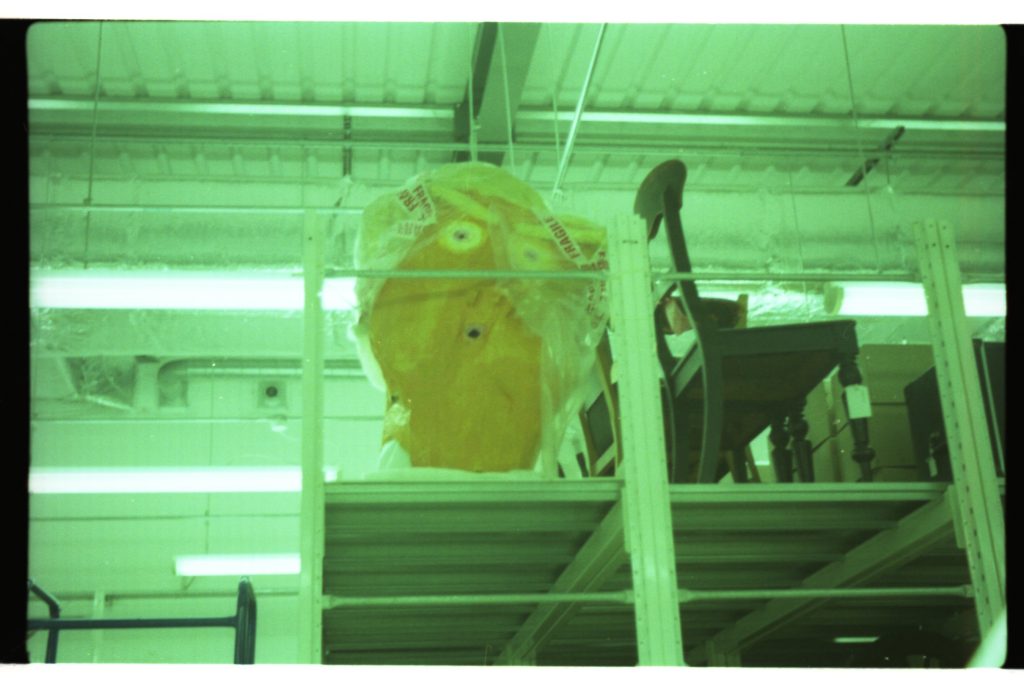
The sessions were not just confined to NMCC. As part of the programme, the group attended a workshop creating cyanotypes and photograms in the depths of the Stills darkrooms on Cockburn St.
On a cold December afternoon, we explored the area surrounding NMCC. This photo shows members of the group in the Granton Hub Community Garden. This is one of my favourite photographs. It’s a multiple exposure (where the same frame of film has been exposed several times) and the result is this panoramic photograph. Those with a beady eye may notice that Summer appears twice in it! It was taken by Francis Bunt using the Baldax Camera.

For the final session of 2021, the group spent the evening photographing the festive light displays at ‘Christmas at the Botanics’.
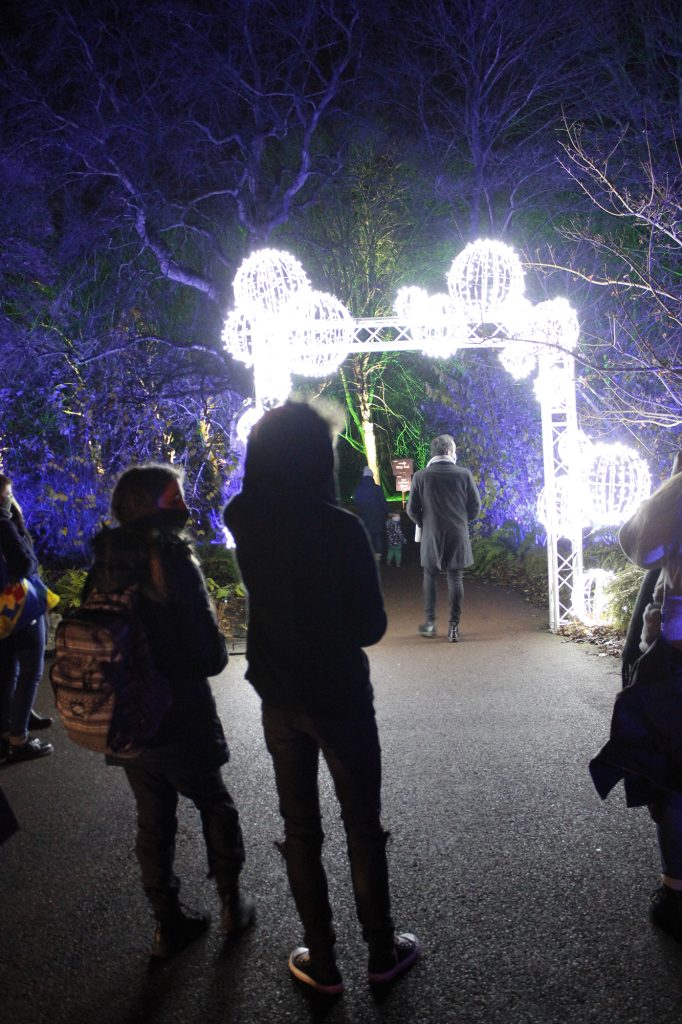
Some of the 150+ images that the group created are now in a fantastic display in the NMCC reception area and the Learning Centre at the National Museum of Scotland.
As a physical record of their work on the project, Emma from Stills created a book that features favourite photographs, short essays from the staff involved, and quotes from the group on what they got out of the project.
It’s been a real pleasure working with Stills Centre of Photography and the Granton Youth team on this project. I was privileged to spend time with such a talented group of enthusiastic, fun and creative young people and I am so proud of what the young people achieved. They have brought these cameras back to life and into use.
In the future, when I’m in the galleries and a visitor asks,“Do these cameras still work?” I can confidently say, “Yes, they do!”
Scotland 365
The Scotland 365 project aimed to transform the way we engage young people aged 16-25 with our collections.
We collaborated and consulted with young people and worked with a range of additional partners and organisations from across Scotland. Our original consortium partners on Scotland 365 were Young Scot, Project Scotland and Impact Arts.
We are very grateful to the National Lottery Heritage Fund for their support. This project was one of 12 funded through their Kick the Dust programme, which runs from 2016 to 2023.

